No Pain Wisdom Teeth Extraction
Wisdom teeth are the last teeth to erupt within the mouth. When they align properly and gum tissue is healthy, wisdom teeth do not have to be removed. Unfortunately, this does not generally happen. The extraction of wisdom teeth is necessary when they are prevented from properly erupting within the mouth. They may grow sideways, partially emerge from the gum, and even remain trapped beneath the gum and bone. Impacted teeth can take many positions in the bone as they attempt to find a pathway that will allow them to successfully erupt.
310 Grand Concourse, Bronx, NY 10451
Book Appointment
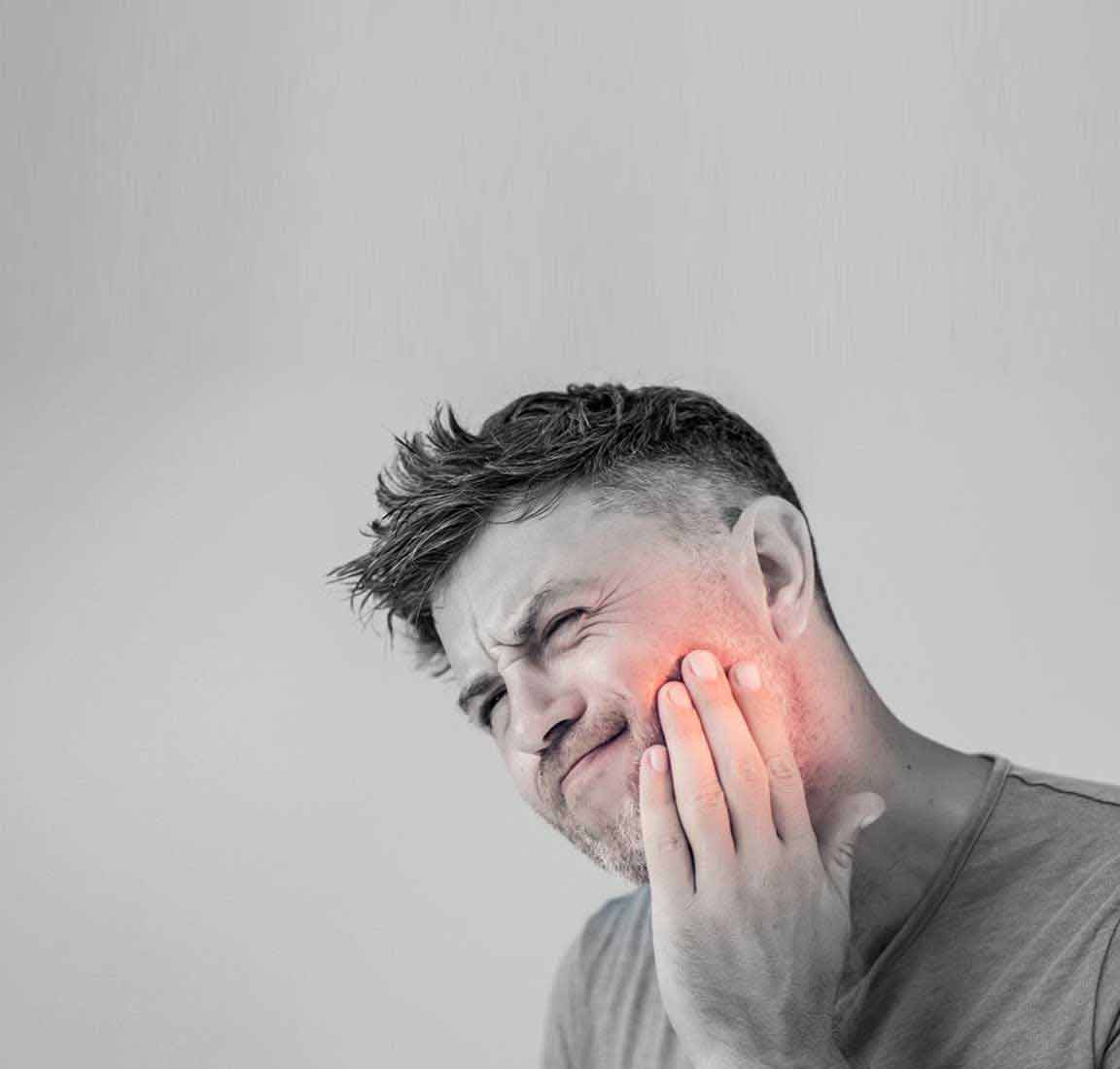
These poorly positioned impacted teeth can cause many problems. When they are partially erupted, the opening around the teeth allows bacteria to grow and will eventually cause an infection. The result: swelling, stiffness, pain, and illness. The pressure from the erupting wisdom teeth may move other teeth and disrupt the orthodontic or natural alignment of teeth. The most serious problem occurs when tumors or cysts form around the impacted wisdom teeth, resulting in the destruction of the jawbone and healthy teeth. Removal of the offending impacted teeth usually resolves these problems.
Early removal is recommended to avoid such future problems and to decrease the surgical risk involved with the procedure.
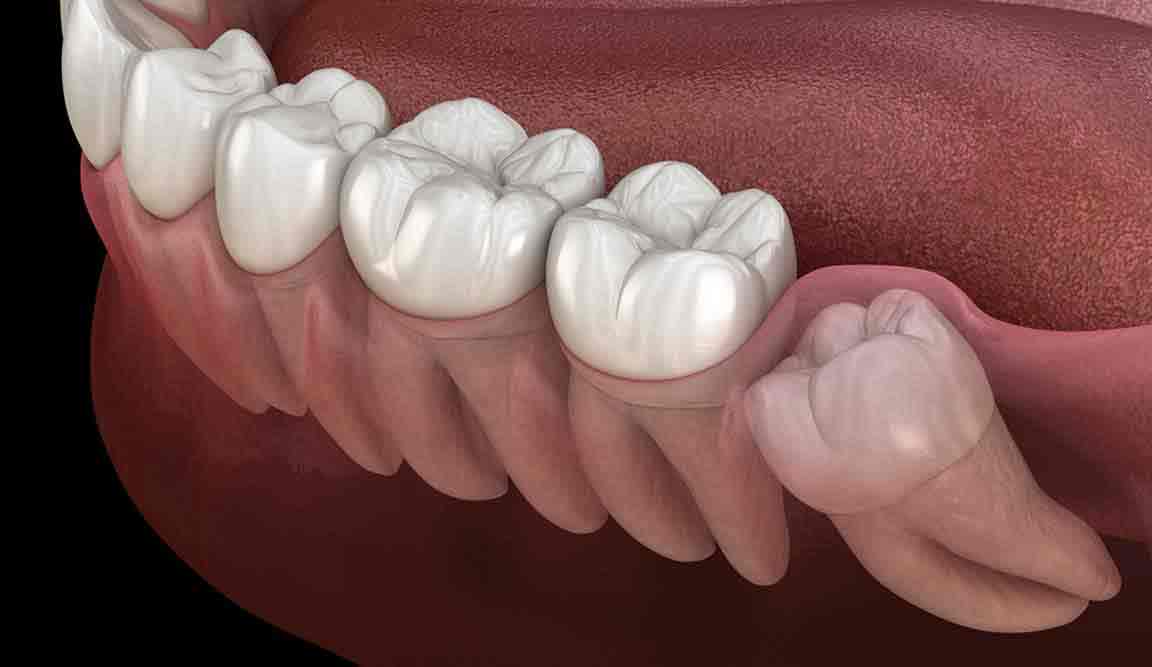
Mesial impactions
The most commonly occurring type of wisdom teeth impaction. With a mesial impaction, the tooth is partially erupted and angled towards the front of the mouth. For this reason, mesial impactions are sometimes referred to as “angular impactions”. This type of impaction may or may not cause issues and is usually closely monitored before making decisions on whether or not to remove the tooth.
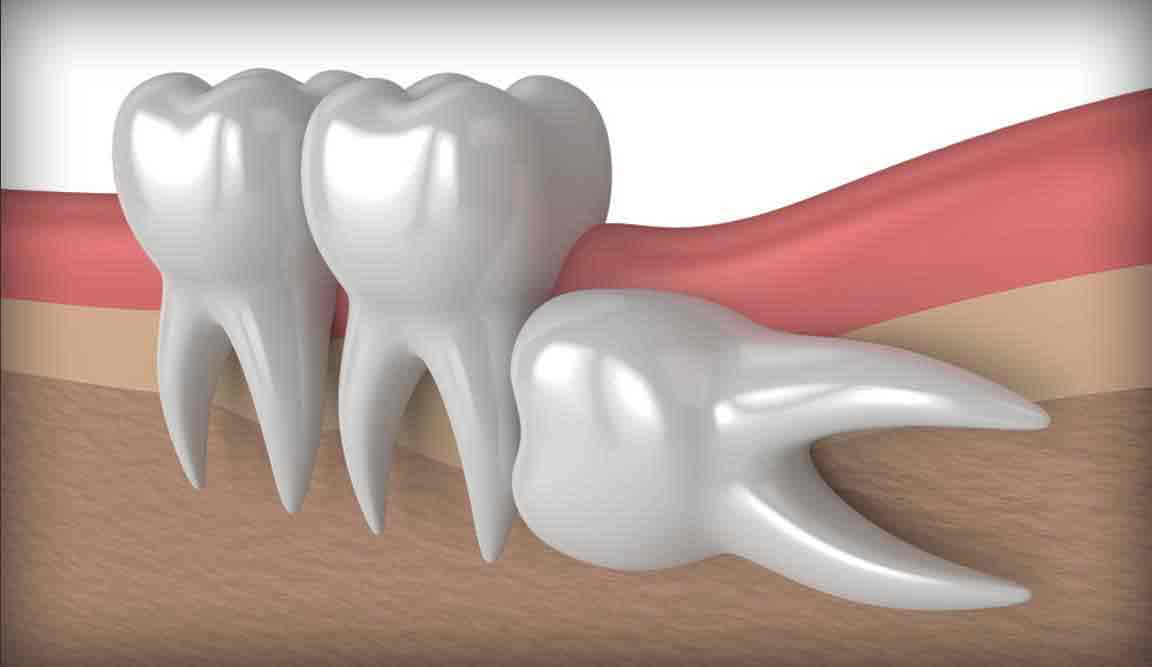
Horizontal Impactions:
Horizontal impactions are a type of full impaction where the tooth is lying completely horizontally underneath the gums. Instead of moving up through the gums, the horizontal orientation of the tooth causes it to move sideways into the tooth next to it. For this reason, horizontal impactions are considered to be the most painful type of wisdom tooth impaction. To alleviate pain and prevent damage to the adjacent teeth, wisdom teeth that are horizontally impacted must be removed with a surgical extraction.
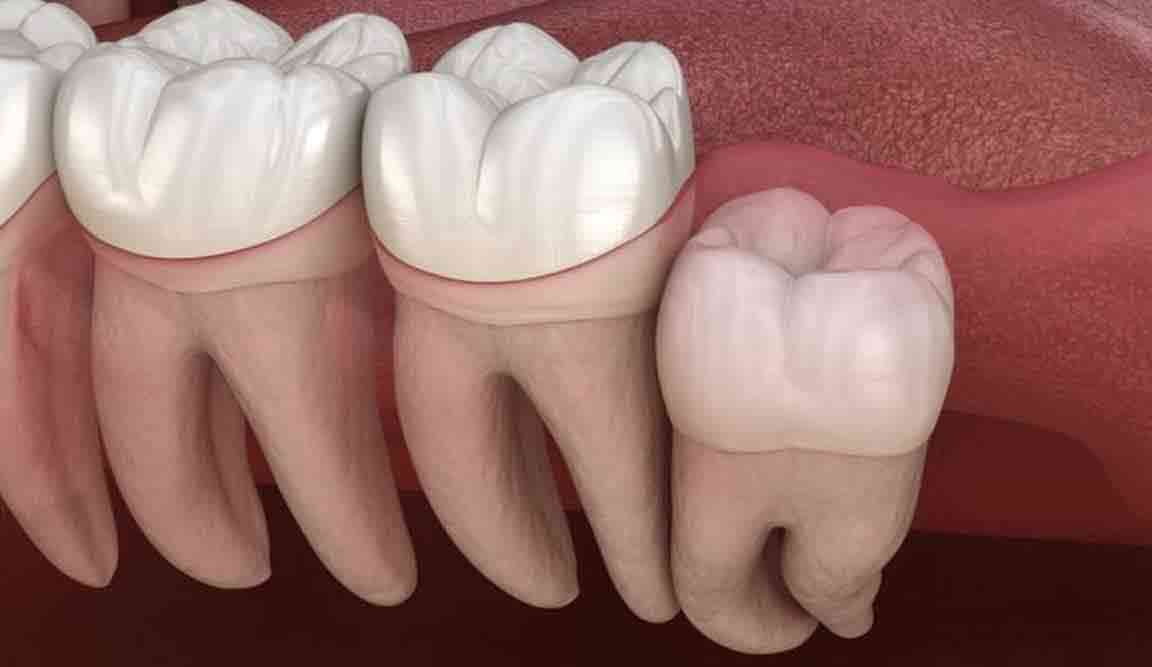
Vertical Impactions:
Vertical impactions are a type of full impaction where the tooth is in the correct position for eruption, but still lies below the gums. Since wisdom teeth with vertical impactions are in the correct position, extraction is rarely needed unless the erupted tooth is expected to cause overcrowding or if it is exerting too much pressure on the tooth root next to it.
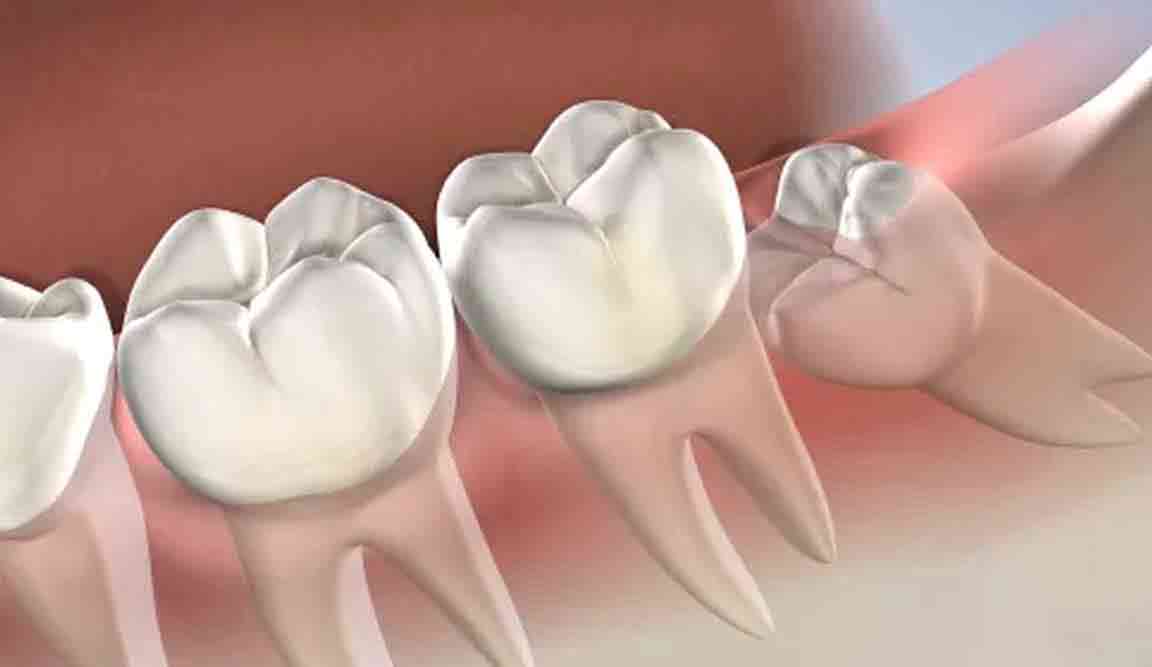
Distal Impactions:
Distal impactions are the most rare of all types of wisdom teeth impactions. Like teeth with a mesial impaction, teeth with a distal impaction are angled and can sometimes be called “angular impactions”. However unlike a mesial impaction, teeth with a distal impaction are angled towards the back of the mouth and may be partially or fully impacted. The need for extraction will depend upon the degree of the tooth angle, as well as whether the tooth is partially or fully impacted.
CT Scan
Should You Have a CT-Scan For Wisdom Teeth Extraction?
A CT scan provides a more detailed view of the wisdom teeth's position and how close they are to nerves and sinuses. While not typically required for all wisdom teeth extractions, this imaging is necessary for patients with severely impacted teeth or those where there are concerns about their proximity to nerves, sinuses, or cysts. Though it’s uncommon, irritation of the nerve beneath the lower wisdom teeth can cause temporary numbness in the lip and chin area. In most cases, this numbness resolves on its own within six to eight weeks. In very rare cases, it may last longer or become permanent.
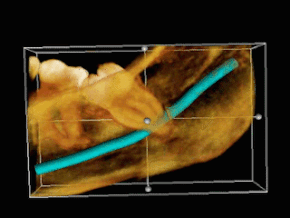
At Advanced Bronx Dental, located at 310 Grand Concourse in the Bronx, we combine the latest technology, a passionate team, and experienced oral surgeons to provide the highest quality care for all of our patients. Our office is designed to ensure a comfortable and welcoming atmosphere where you will always be in good hands. We understand that safety and comfort are key to a positive dental experience, which is why we offer the latest procedures and use carefully sterilized equipment. We also have the newest advanced technologies, including radiology machines, a CT scan, and implant planning software, all designed to minimize radiation exposure. Our friendly and professional staff are dedicated to meeting your unique needs, ensuring you receive the best care available
How to Prepare For Oral Surgery
Typically, wisdom teeth removal is done using local anesthesia, IV sedation, or general anesthesia. We will discuss these options, along with any potential surgical risks, with you prior to the procedure. After the teeth are extracted, the gums will be sutured, and in most cases, the sutures are dissolvable. Gauze will be placed in your mouth to help control bleeding. You will rest in our office under supervision until you're ready to go home. When you're discharged, you will receive a postoperative kit that includes detailed instructions, a prescription for pain medication and antibiotics, and a follow-up appointment scheduled for one week later.